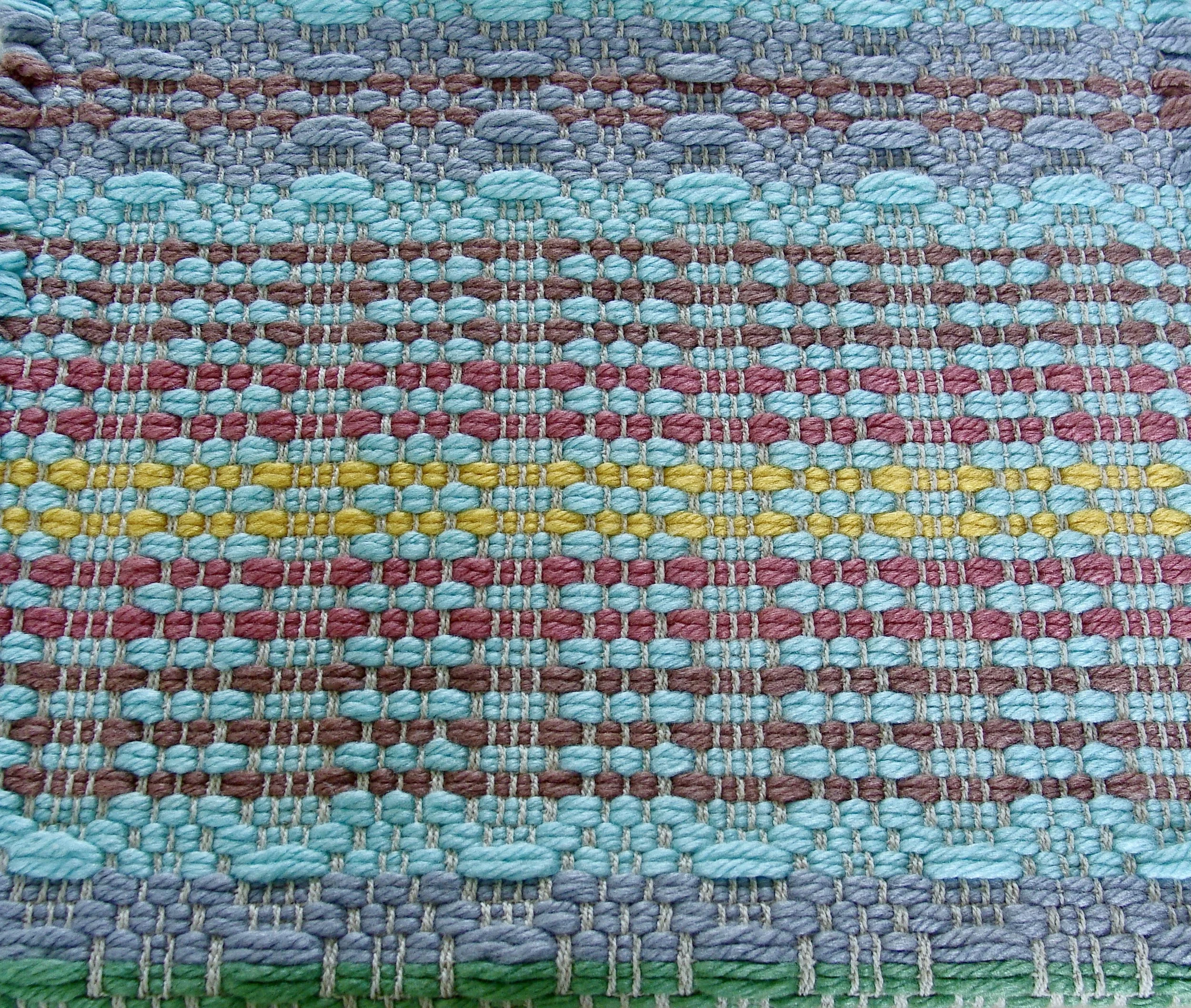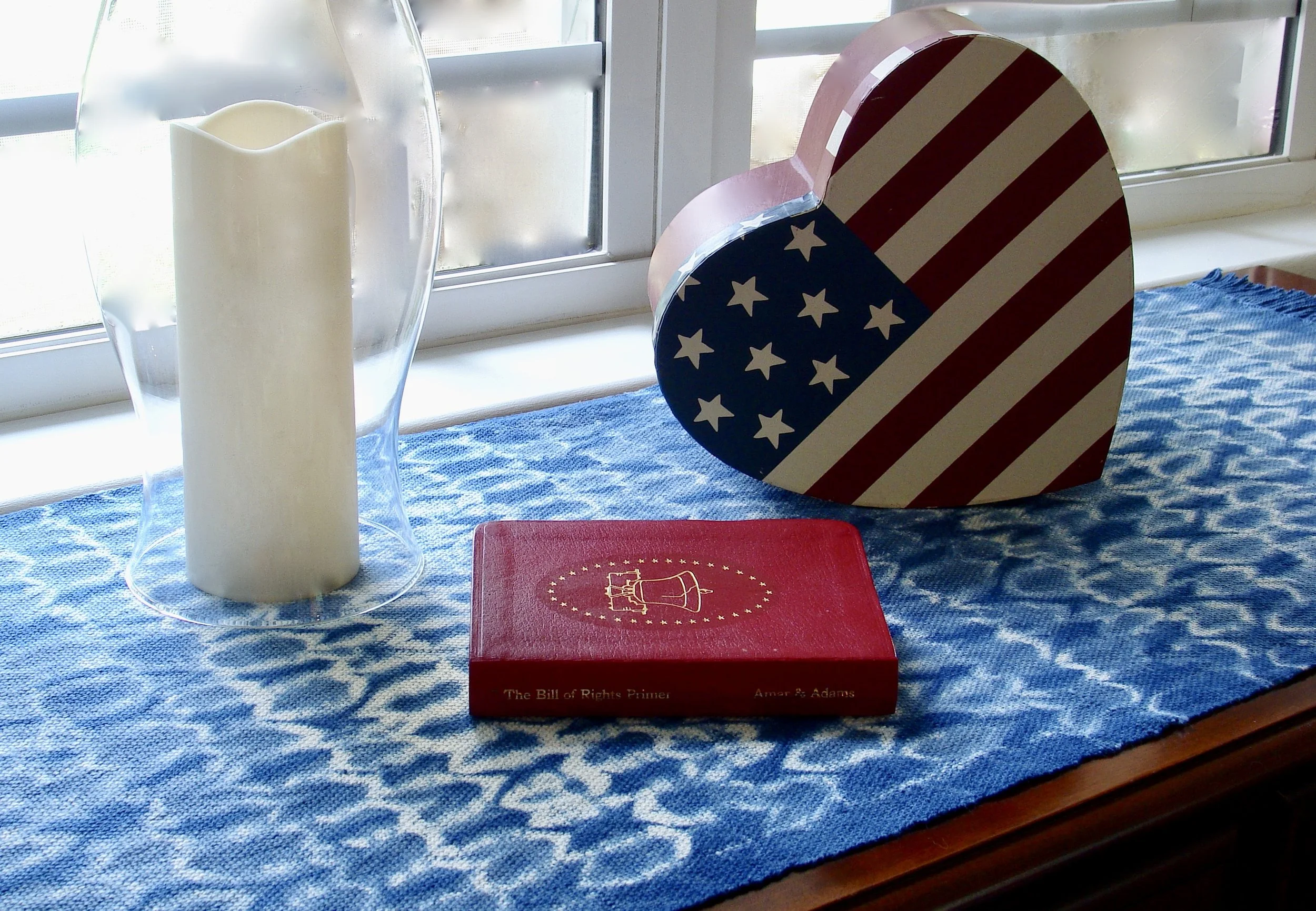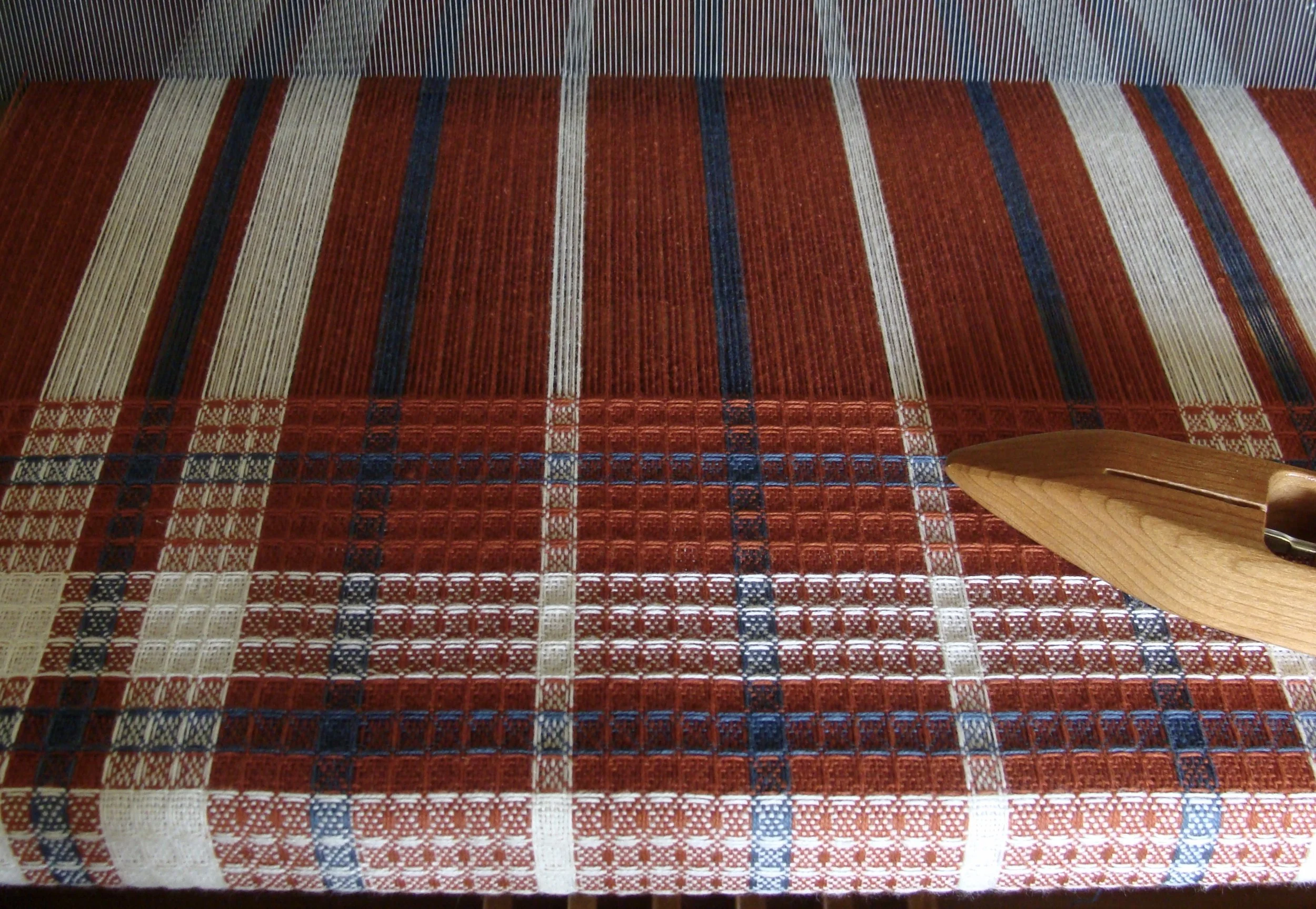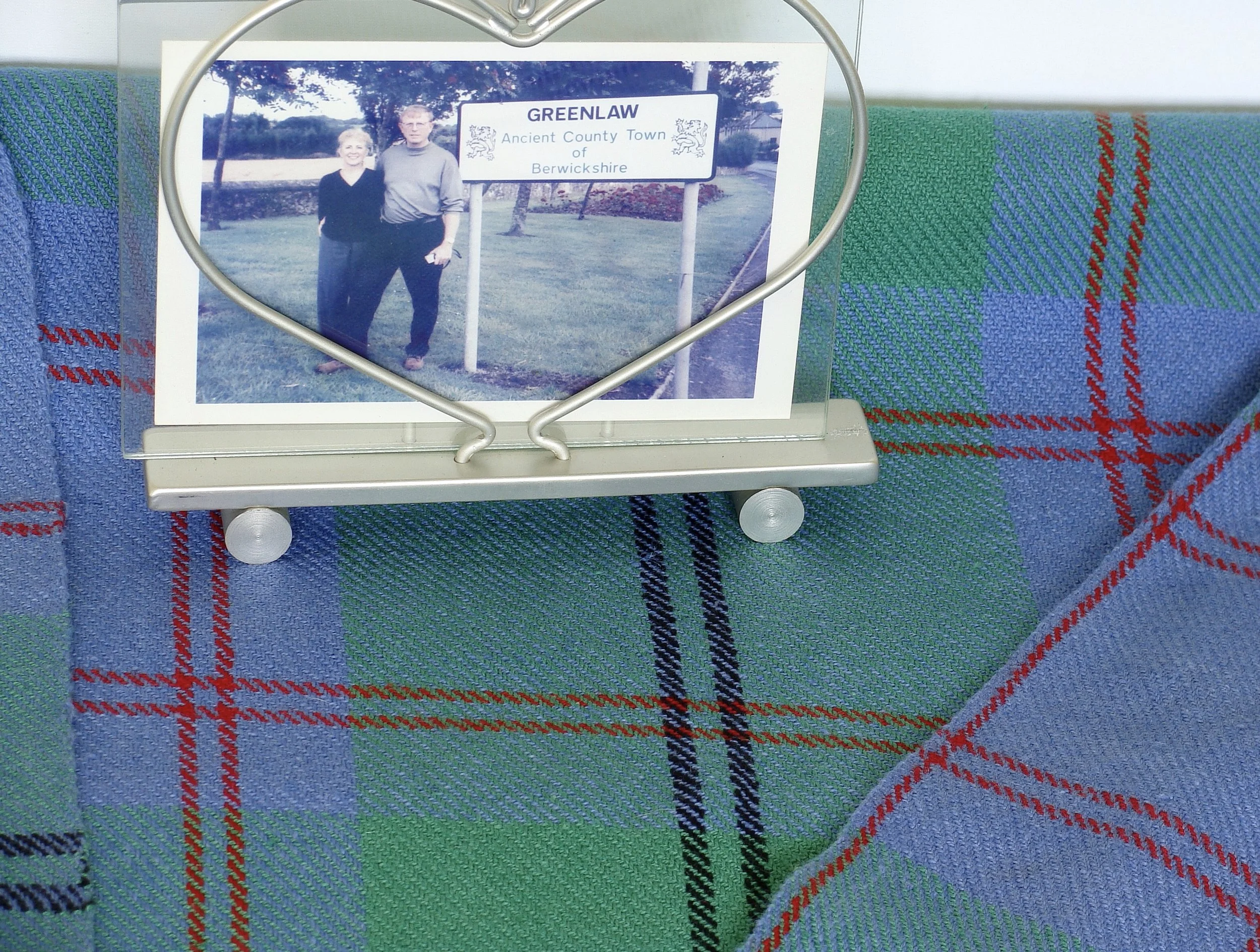I'm intrigued by Scandinavian woven textiles. I like their bright colors, their motifs and patterns, the intricacies of their weaving with frequent color changes.
I also love the charming names of their weaving techniques - dukagång (an inlay technque), krokbragd (a bound weave pattern), halvdrall (a Swedish block weave), krabba (another inlay technique), and rya (a pile weave).








